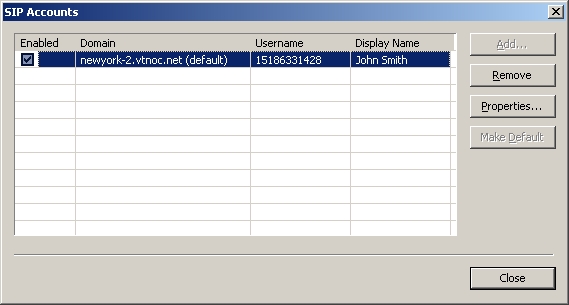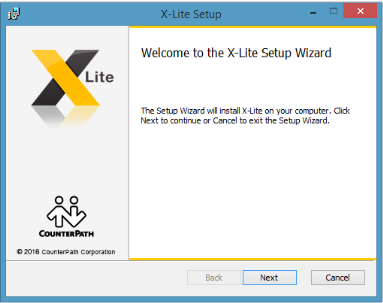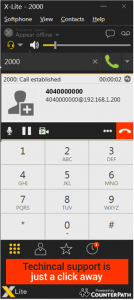
These will be used to configure X-Lite and if you use other SIP software or hardware you’ll need them as well. The SIP Device Configuration Settings page. While talking about the Gizmo5 service, I’ll mention one more page from their knowledge base. It’s on by default but you’ll want Google Voice to handle voicemail, so click the button that says “Turn Off Voicemail”. While on this page, be sure to turn off voicemail. Make a note of your new SIP Number as you’ll need that soon. The registration for is on the lower half of the page. Now for the good stuff… Step 1 – Create your Gizmo account The instructions below include some advanced configuration settings for X-Lite that fixed those problems for me. The default configuration for X-Lite will send DTMF touch-tones that work with the Google Voice verification and voicemail system, but they don’t work well with other phone systems or in my case conference call systems that you call via Google Voice.

There’s one more note to mention before I get to the step-by-step instructions. When you sign up for an account at you get a full SIP compatible phone service and as such you can use any SIP compatible software or hardware with it. You can use X-Lite because Gizmo5 is more than just a softphone. But these features would be largely ignored when paired with Google Voice where I primarily only want to answer calls via a headset.

Many SIP softphones want to be a universal communication tool that manages contacts, instant messages and more. The X-Lite softphone has a dialpad centric design that fits very well with how I want to use it with Google Voice. My solution was to use the free X-Lite client. I initially tried the Gizmo5 softphone, but ran into problems with DTMF touch-tones that stopped me from even being able to verify my Gizmo number. In this article, I’ll give step-by-step instructions on how to set it up and more importantly, how to get it to work with DTMF touch-tones.

Google Voice does a pretty good job of hiding the complexities of such interconnections but the whole process is still far from something I would call easy. The headset is also much more convenient as well. Given that I spend 8 to 12 hours a day working and playing on my computer and have a headset on most of that time, if I can answer calls via headset instead of my mobile phone, I can literally save several hundred cell minutes each month. There’s a lot of talk about Google Voice’s voicemail translation and it is pretty cool, but my favorite feature is, hands down, the ability for Google Voice to have a SIP softphone (via Gizmo) among your list of phone to ring and send calls to.


 0 kommentar(er)
0 kommentar(er)
